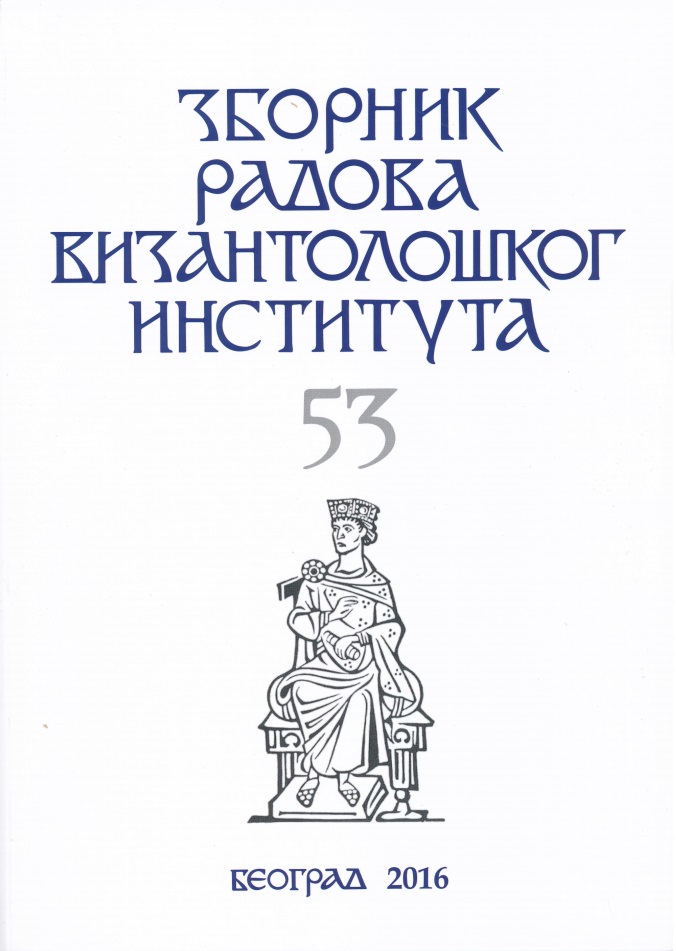The Impact of Financial Institutions on the Development of the Byzantine Economy (10th–12th Centuries)
The Impact of Financial Institutions on the Development of the Byzantine Economy (10th–12th Centuries)
Author(s): George C. ManiatisSubject(s): Economic history, 6th to 12th Centuries
Published by: Vizantološki institut SANU
Keywords: currency; governance; trapezitai; argyropratai; regulations
Summary/Abstract: This article attempts to ascertain the nature of the financial institutions fashioned diachronically to ensure the orderly operation of the Byzantine economy, encompassing the currency in circulation, credit availability, and the nexus of financial services; to analyze their role and evolution over time; to examine their ability to make rational use of the available financial resources; and ultimately to assess their contribution in ensuring the effective functioning of the marketplace and the economy in the 10th–12th centuries. Emphasis is placed on the effectiveness of the monetary system in providing the requisite liquidity to meet the needs of the productive sectors of the economy; the determining factors of money supply and its sectorial penetration; the measures taken to prevent hoarding and alleviate the gold-dependence of the fiscus; the functional distinction between money-changing and moneylending and its rationale; the rules established for the orderly conduct of currency transactions to prevent unsavory practices; the participants involved in lending operations and the extent of market competition; the importance of credit (and hence debt) financing in promoting agriculture, manufacturing, and trade; and the role of the state in safeguarding the soundness of the monetary system, banking services, deals in precious metals and valuables, and in the pricing of capital. Moreover, the paper addresses collateral issues in dispute providing more cogent answers, identifies misinterpreted sources and unsupported assertions, and fills in lacunae. It is hoped that the searching examination of the design and operation of the enacted financial institutional arrangements will provide valuable insights as to their genesis, adaptation over time, and likely performance in light of the Byzantine economic, social and political realities.
Journal: Зборник радова Византолошког института
- Issue Year: 2016
- Issue No: 53
- Page Range: 101-125
- Page Count: 25
- Language: English

